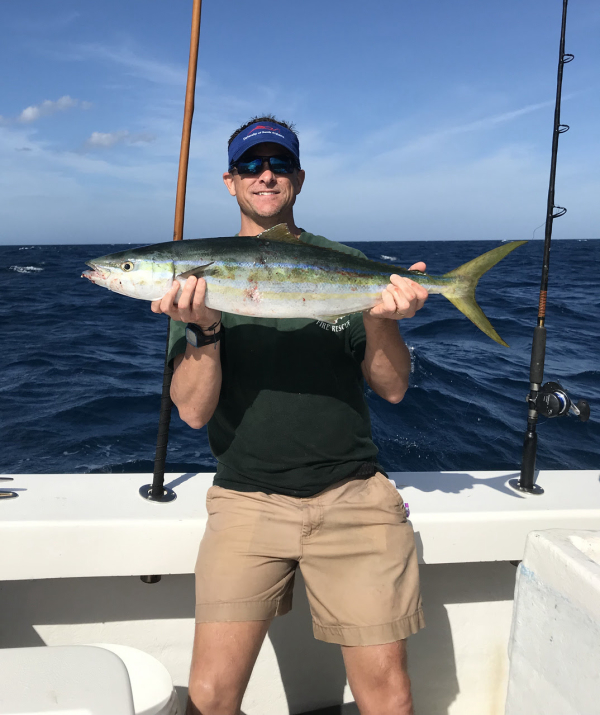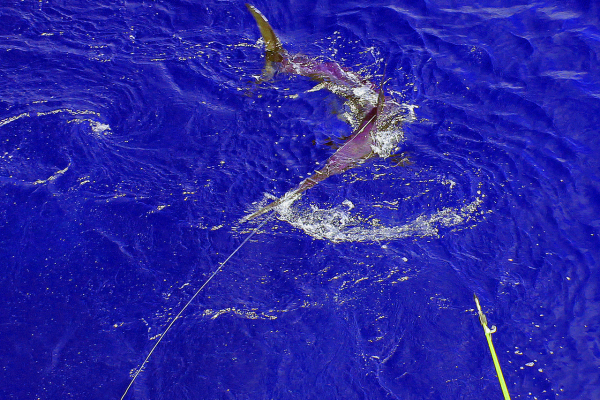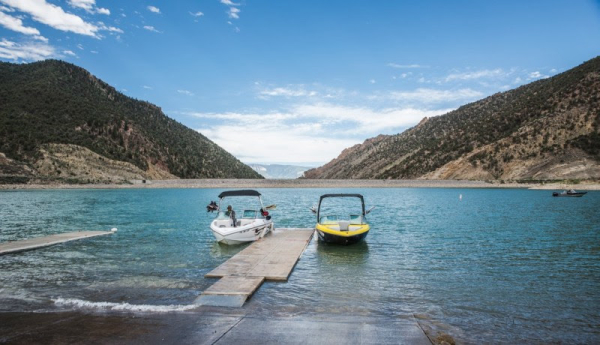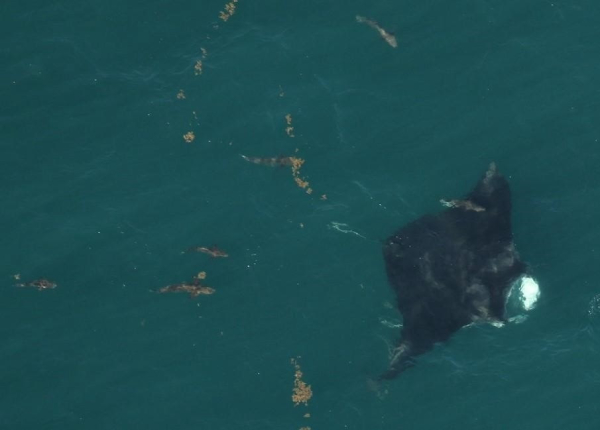
| Russ Dunn from The Fishing Wire Read a new leadership message from Russ Dunn, National Policy Advisor for Recreational Fisheries, in honor of National Fishing and Boating Week. Anglers motoring a boat in California’s Sacramento Delta at sunrise. Photo: NOAA Fisheries/Jeremy NotchMore than 10 years ago, NOAA officially launched the National Recreational Fisheries Initiative with the opening of the National Saltwater Recreational Fisheries Summit on April 16-17, 2010. Days prior to the Summit, ESPN published a column musing about the demise of recreational fishing as we knew it. The Deepwater Horizon oil rig exploded just three days later. Bookended by these events, the first national Summit opened a challenging long-term dialogue. It produced a very clear message: marine recreational fishermen had long-held frustrations with federal fisheries management they wanted addressed. We left that first Summit understanding the need for institutional change, active public engagement, and the value of public-private partnerships. And we responded by changing the way we thought about recreational fisheries from top to bottom. We expanded agency planning, focus, and accountability around recreational fisheries through a series of detailed regional and national action plans between 2010 and 2019. And, we codified our new approach in the groundbreaking Saltwater Recreational Fisheries Policy in 2014. Since 2010, active engagement and partnership with the recreational community has become deeply ingrained in agency culture. From quadrennial national summits to annual roundtable discussions in every part of the country, the agency works to stay current and connected. We have funded recreational fishermen to research and address many on-the-water priorities such as barotrauma and release mortality, marine debris, habitat restoration, and fish migration. We are working to educate the next generation of anglers, captains, and guides. We accomplish this by supporting programs as varied as the Marine Resource Education Program and the Bristol Bay Fly Fishing Academy. In 2019, we reached another milestone when we signed a formal Memorandum of Agreement with leading recreational fishing community members at the Miami Boat Show. The MOA established a formal framework for communication and collaboration on mutually beneficial projects. They will advance our goals of supporting and promoting sustainable saltwaterrecreational fisheries for the benefit of the nation. This year we established a new collaborative partnershipwith Bonnier Corporation—publisher of Saltwater Sportsman and Sport Fishing magazines—to promote sustainable recreational fishing. Over the past 10 years NOAA Fisheries has accomplished quite a lot with the recreational fishing community, but we know our work is not done. We will continue to support sustainable saltwater recreational fishing now and years into the future for the benefit of the nation. Which brings us to today. COVID-19 has upended life and business across the country and the world. This includes recreational anglers, for-hire operators, and the businesses that depend on them. In April and May, the agency worked quickly to allocate the CARES Act funds appropriated by the Congress and we will continue working to understand its impacts. As we collectively navigate the uncharted waters created by the COVID-19 virus, know that we do so together. This National Fishing and Boating Week, let’s all rededicate ourselves to working together and facilitating a safe return of the American public to the water and fishing. So go grab your rod! I hope to see you out on the water soon. Russ Dunn National Policy Advisor for Recreational Fisheries |




